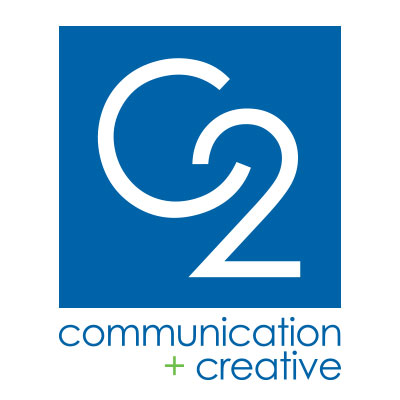If your organization is pushing out content on social media without a strategy to support the content you create each day, it's time to put a full stop on your copywriting and content initiative. Those Tweets, LinkedIn, Instagram and Facebook posts, as well as your email marketing initiative, e-newsletter and weekly blog, may have turned off your customers and reduced your revenue opportunities.
Content pollution and dilution is a real thing.
Even if your organization is a thought leader and has a lot to share, saturating clients with information and messaging every day can be harmful. Your content goal must be strategic. The information you create and share with customers simply must have purpose and be meaningful. Otherwise you will lose them.
Here are three steps to ensure your content is purposeful.
- Talk to your sales and customer service teams. These are the people just down the hallway (or a phone call away) who are on the frontline -- in the field, working with clients and potential new customers -- each and every day. With frequency, they hear first-hand what new customers love, or dislike, about your product or service. They triage and repair relationships with customers. They onboard new customers who are eager to take advantage of your organization's offering.
Who better to get information and anecdotes from that will guide your content development and make it more relevant?
Action: Set up weekly calls or meetings with the sales and customer service teams. Use this time to get the latest and greatest information and create themes for future content. And share with them your latest content marketing ideas; tell them what's coming in the content pipeline.
2. Survey your clients/customers. It may seem obvious, but your content can't include the voice of the customer if you don't seek their feedback and implement that feedback into your content development plan. When was the last time you asked existing customers how they liked your product or service?
Surveys can take many shapes. Perhaps you send your entire customer email list an annual survey on a specific topic. Or, throughout the year, give new clients a simple, four or five question survey when a sale is closed to better understand why they picked you. Think about the potential to truly shape your content with information directly from clients' mouths!
Action: Create a plan to capture the voice of your clients and customers. Use that information to outline new content themes and serve up messages that are customer-focused.
3. Analyze customer data. Understanding details about your customers will help you segment and categorize existing clients so you can create content focused on their needs. And it helps you identify the needs and demands of potential customers so you can target them more efficiently. The organizations that develop messaging that "sticks" with their clients will have the competitive advantage.
Look at all available data. Talk to your technology leader to identify ways to capture useful information. Consider your industry and competitors. Identify the similar characteristics your customers tend to share: Who is the primary buyer? Do customers come from many different industries and market areas? If you don't know these essentials, how can you build an effective content strategy?
Action: Pull data and sit down with an expert to create customer personas or profiles. Update the information regularly and use this data to create content themes that will connect with existing and potential new clients.
Ignore the basic guidelines of content creation and you're doing a disservice to your audience. They'll send your weekly emails to their spam folder. Or worse, they'll find a new organization that shares information they find relevant and meaningful.
Instead, use available insights to guide your content strategy and serve up the messaging current and future customers will value. Don't dilute and pollute!

